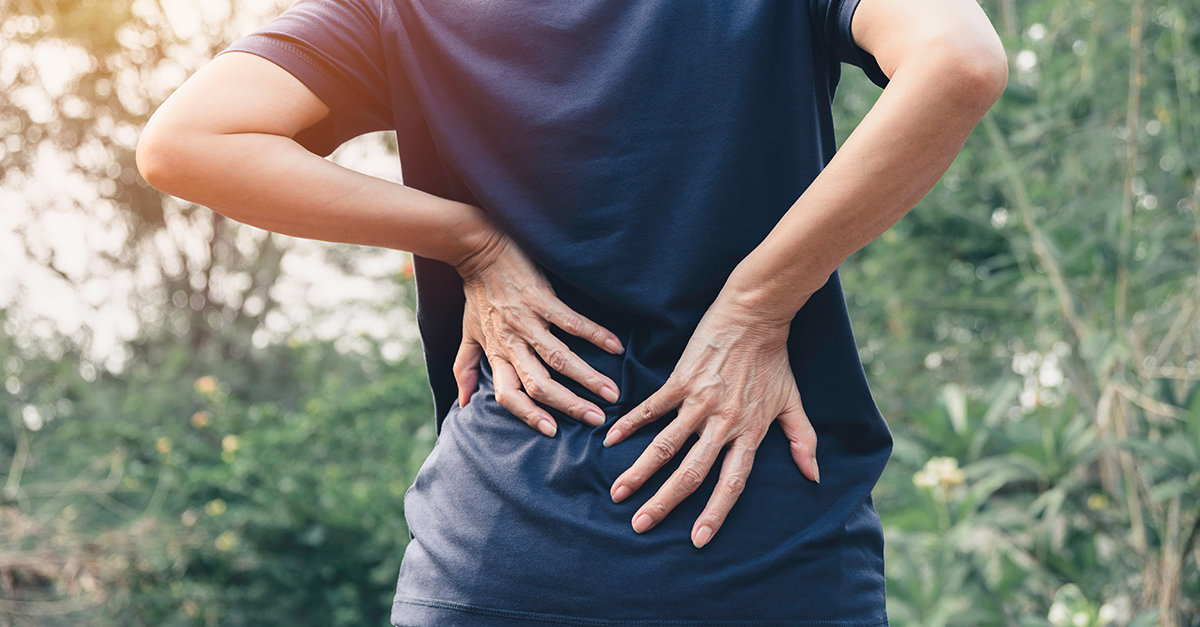Pain that has persisted for longer than 6 months is termed ‘chronic pain’. At this stage, pain has usually persisted beyond the point of tissue healing and therefore more complex. Therefore, a multi-factored approach is often needed to manage your pain and improve your quality of life.
1.Medical Options
It is important that thorough investigations have been carried out to rule out specific causes of your pain. However, when a specific cause is not identified many different options should be used together to target your symptoms. Physiotherapy treatment and exercise is a great place to start. It can help to reduce your pain significantly and allow you to function safely and comfortably. Medication as advised by a medial professional can be used to provide a ‘window of opportunity’ to allow for other treatments to occur or to manage ‘flare-ups’ in your symptoms. However, these should be used in the short term and tapered so that you don’t become reliant on them.
2. Thoughts/Emotions
Stress, anxiety and other negative emotions can often influence your symptoms and vice versa. Establishing links between your symptoms and your emotions can often provide answers as to why pain is persisting. Identifying, addressing and managing the causes of ‘stressors’ can have a positive impact on your pain.
3. Lifestyle
A sedentary lifestyle, poor diet, lack of sleep and smoking are just some of the factors that have a negative impact on your body. Through excessive weight, high blood pressure and immobility our organs, joints and muscles are placed under increased stress which in turn will increase pain. A review of your overall lifestyle (as provided by ‘Curve’) can identify key problem areas to address. It is important to prioritise and introduce changes gradually to increase the chances of sustaining an improved lifestyle long term.
4. History
It is important to recognise that pain is produced by the brain and therefore is individualised, you know how your pain affects you better than anyone. Therefore, it can be helpful to outline your pain journey and highlight what was happening in your life when the pain started or increased. This can help to identify social, environmental, and psychological factors that influenced your pain at that time and therefore help to start the healing process. Keeping track of your pain over time and how it affects your physical function can be a useful strategy to identify what factors are contributing to worsening symptoms and flare-ups.
5. Physical activity & Exercise
It is important to understand that our bodies are designed to move and that keeping mobile will improve and maintain the health of our organs, joints and muscles. Graded physical activity and exercise within pain limits and under guidance will enhance your body’s ability to function for longer with a greater degree of comfort. The ‘little and often’ approach to physical activity is advised so that you can gradually increase your confidence, it is important not to fear movement. You should monitor your symptoms response to physical activity during, immediately after and the next day to identify if you need to maintain, increase or decrease (but not completely stop) your level of exercise.

